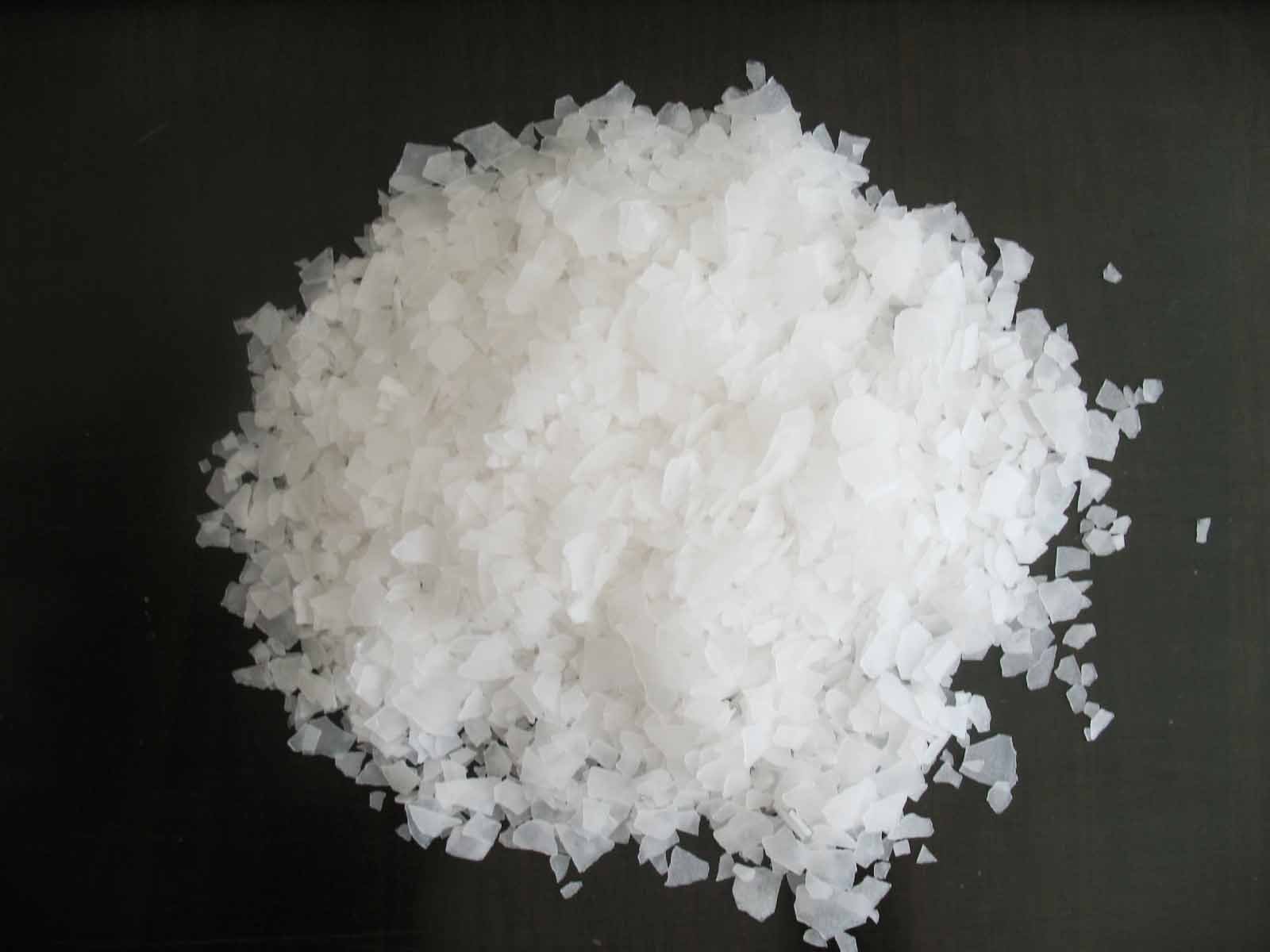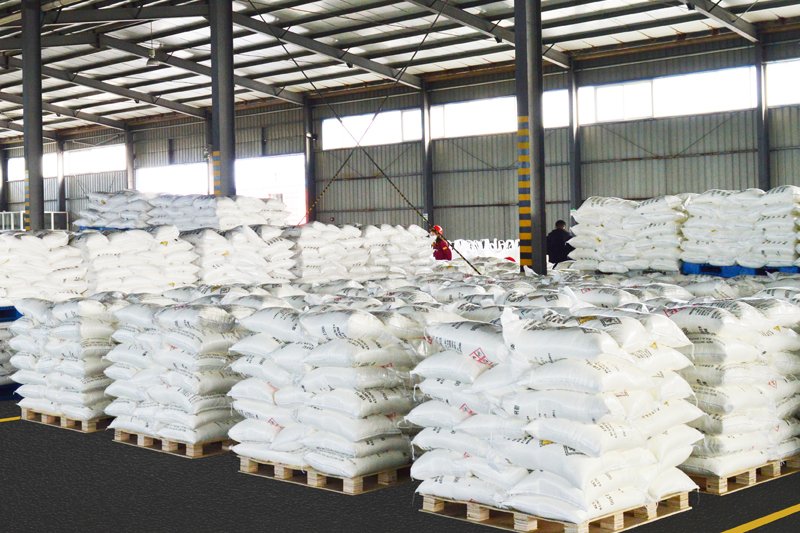Sodium Nitrate: Properties, Applications, and Safe Handling

Catalog
🔍 Overview and Basic Properties
Sodium nitrate (chemical formula: NaNO₃), commonly known as “Chile saltpeter”, is a white powder or colorless crystal. It has a molecular weight of approximately 85, a density of 2.257 g/cm³, and a melting point of about 306.8 ℃. It is hygroscopic and highly soluble in water (91 g/100 mL at 25℃), with a neutral pH between 6.7 and 7.3.
Naturally, sodium nitrate exists in the form of sodium saltpeter ore. Major deposits can be found in Chile’s Atacama Desert and China’s Kumtag Desert in Xinjiang. Industrially, sodium nitrate is produced either through ore leaching or chemical synthesis methods, including neutralization, absorption, ion exchange, double decomposition, and the traditional saltpeter process. Ore-based production is common in mineral-rich areas, while chemical synthesis is more suitable for large-scale industrial manufacturing.

🧰 Wide-Ranging Applications
Sodium nitrate serves various industrial purposes, including:
🔥 1. Oxidizers and Propellants
Widely used as an oxidizing agent in gunpowder, explosives, and solid propellants, sodium nitrate enhances combustion efficiency and explosive power.
🌾 2. Fertilizers and Agricultural Use
As an essential nitrogen source, sodium nitrate is especially valuable in arid regions to enrich nitrogen-deficient soils.
🏗️ 3. Metal Processing and Metallurgical Additives
It is used in metal heat treatment, surface processing, and nitriding procedures, aiding in fusion and oxidation reactions.
🪟 4. Glass and Ceramics
Sodium nitrate acts as a fluxing agent in glass manufacturing to regulate the melting characteristics of silicates. It’s extensively used in photovoltaic glass, tempered glass, and household bottles.
☀️ 5. Solar Thermal Heat Storage
Due to its high specific heat and elevated melting point, sodium nitrate is a key component in molten salt storage systems for thermal power stations, significantly improving energy efficiency.
💊 6. Pharmaceuticals, Dyes, and Chemical Synthesis
It is used as an intermediate or raw material in the production of dyes, medicines, and various chemical compounds.

⛏️ Applications in Mining and Mineral Processing
In the mining industry, sodium nitrate plays a critical role, especially in the following areas:
💣 1. Blasting and Oxidizing Agent
To improve explosive performance and reduce dust generation, sodium nitrate is often combined with potassium nitrate in mining explosives. It enhances oxidation efficiency, leading to more thorough and controllable blasting, ultimately increasing productivity.
❄️ 2. Custom Explosive Formulation
Some mining companies formulate explosives with a higher sodium nitrate content to maintain stability and effectiveness in low-temperature or high-altitude environments.
⚙️ 3. Metal Ore Dissolution and Beneficiation
Sodium nitrate serves as an oxidizer or flux during the leaching of sulfide ores. It helps improve the recovery rate of soluble metals such as copper, nickel, and molybdenum. In both flotation and leaching processes, it optimizes reaction environments for higher purity and efficiency.
Summary:
Sodium nitrate is indispensable in modern mining. It boosts blasting efficiency, improves rock control, and enhances metal recovery processes—making it a key chemical in mineral production operations.

🏭 Production Methods
Sodium nitrate can be produced by various industrial processes:
Ore Leaching: Soaking sodium-rich ores in water to extract sodium nitrate, followed by concentration and crystallization.
Chemical Synthesis:
Neutralization (Nitric Acid + Soda Ash): Less common due to higher cost.
Absorption Method: Utilizes nitric acid tail gas.
Double Decomposition: Combines calcium nitrate and sodium sulfate; lower product purity.
Process Innovation: New techniques such as counter-current leaching and particle-size-specific leaching have been implemented in regions like Chile and Xinjiang, significantly improving conversion efficiency.

⚠️ Safety Management and Hazard Characteristics
🧨 1. Hazardous Nature
As a strong oxidizer, sodium nitrate may cause combustion or explosion upon contact with reducing agents or flammable materials. It decomposes at high temperatures, releasing nitrogen dioxide and oxygen.
🧬 2. Toxicology and Occupational Health
Oral LD₅₀ (rat): ~3,430 mg/kg.
While skin toxicity is relatively low, ingestion or inhalation in large amounts can lead to symptoms such as headache, coughing, respiratory issues, arrhythmias, and in severe cases, coma.
It may irritate skin and eyes, and though aquatic toxicity is low, high concentrations can harm aquatic organisms.

🧷 3. Safe Handling and Storage
Operational Guidelines:
Closed operations and ventilation are necessary to prevent dust dispersion.
Personal protective equipment (PPE) should include dust masks, safety goggles, chemical-resistant gloves, and protective clothing.
Keep away from heat sources and open flames.
Avoid mixing or storing with reducing agents, organic materials, or heavy metals.
In case of leakage, isolate the area, collect the spilled material, and flush with water if necessary—ensuring it doesn’t reach flammable zones.
Storage Requirements:
Store in a cool, dry, and well-ventilated warehouse.
Keep containers tightly sealed and away from flammable substances.
Avoid impact, friction, and contamination.
Transportation & Regulations:
Classified as hazardous goods (UN No. 1498, Class 5.1 oxidizer, Packing Group III).
Must comply with regulations like the Hazardous Chemicals Safety Management Ordinance and be packed according to standard requirements.

📈 Market Outlook and Final Remarks
Sodium nitrate offers key advantages as a chemical product:
✅ Abundant Resources: Available via mining and chemical synthesis to meet diverse demand.
✅ Versatile Applications: Widely used across agriculture, industry, energy, and mining sectors.
✅ Promising Market Trends: Growing adoption in new fields like molten salt energy storage is driving steady demand.
At the same time, sodium nitrate is a regulated hazardous chemical with oxidizing and potentially explosive properties. Therefore, strict adherence to safety standards in production, transport, and usage is essential to protect both people and the environment.
🚀 Why Choose WIT-STONE?
With WIT-STONE’s premium product quality, integrated supply chain, professional service, and strict regulatory compliance, you can stand out in the highly competitive international market. Our expertise in mining-grade sodium nitrate ensures that we deliver both safety and performance—empowering your business to grow with confidence.
You can place an order or ask any questions, please feel free to contact at feronia@wit-stone.com | +86-15655559799



